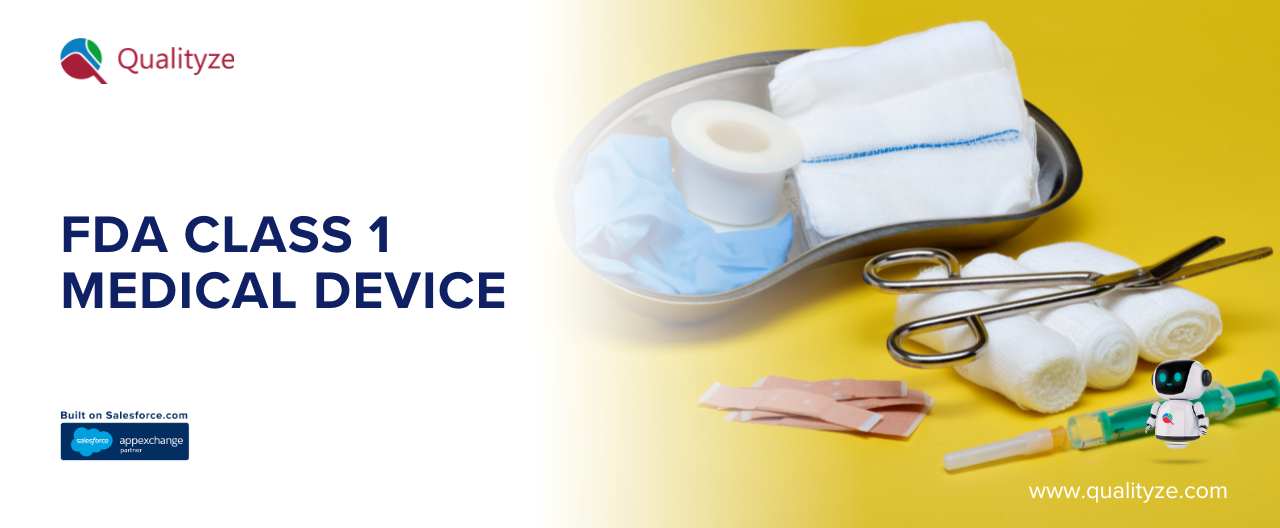
FDA Class 1 Medical Device
Picture the last time you reached for a simple adhesive bandage or a manual stethoscope. Although these tools feel ordinary, the U.S. Food and Drug Administration (FDA) still regulates them—just under the lightest level of oversight, known as Class I...
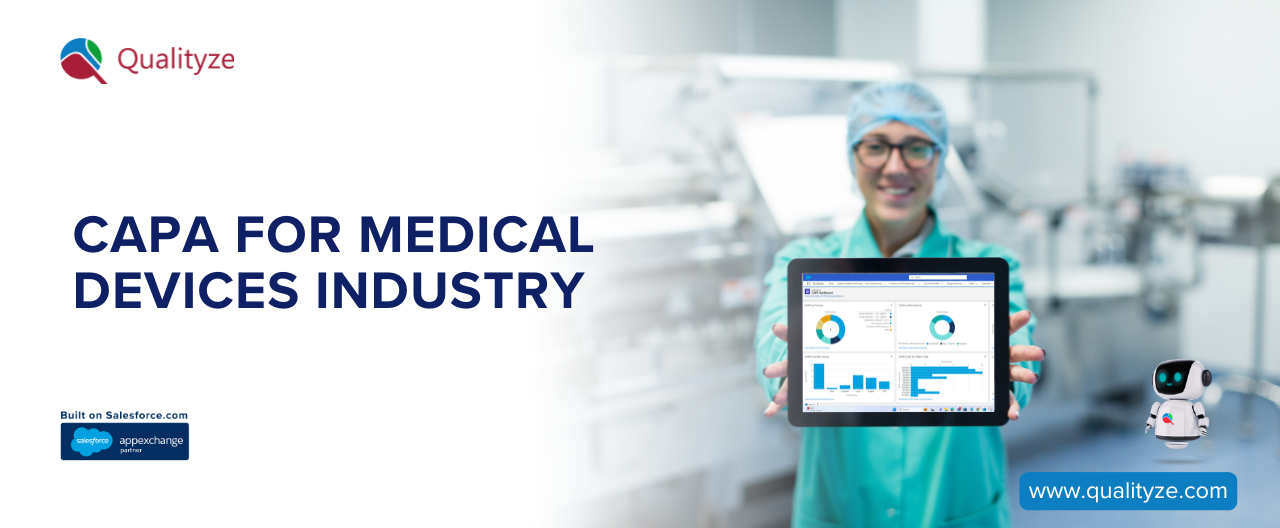
CAPA For Medical Devices Industry
From patient safety to global compliance, CAPA for medical devices industry supports every aspect of quality management. This expert guide covers CAPA system requirements, RCA methods, and the right software for your QMS. Discover how to implement CA...

Medical Device Classification
Ever wonder why a tongue depressor can hit the market on a shoestring while a transcatheter heart valve wades through years of data and seven-figure fees? It all boils down to three letters: I, II, III—the FDA’s risk-based ladder that sorts more than...
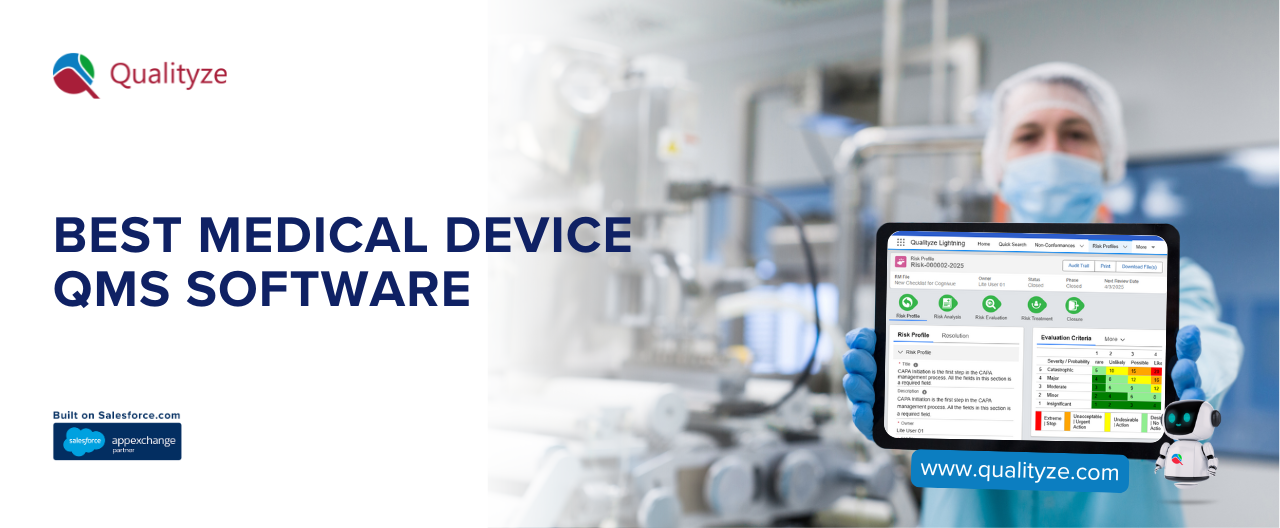
Best Medical Device Quality Management System (QMS) Software
People don’t buy a medical device—they buy the promise that it was built, tested, and shipped the right way.
Sure, people cite different reasons for picking a brand—FDA clearance, safety for kids, ease of use, a doctor’s nod. But it all collapse...
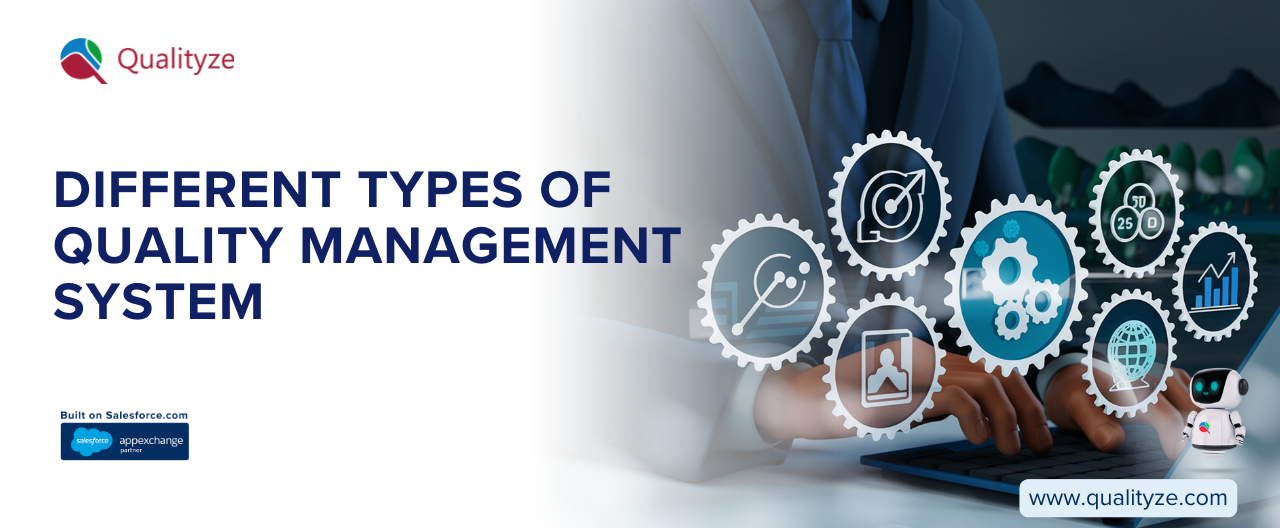
Different Types of Quality Management Syste
If “just get a QMS” ever felt like useless advice, this is your clarity shot: what each type does, where it shines, and how to choose without guesswork.
Ever felt like your quality processes are stitched together with duct tape and good intention...
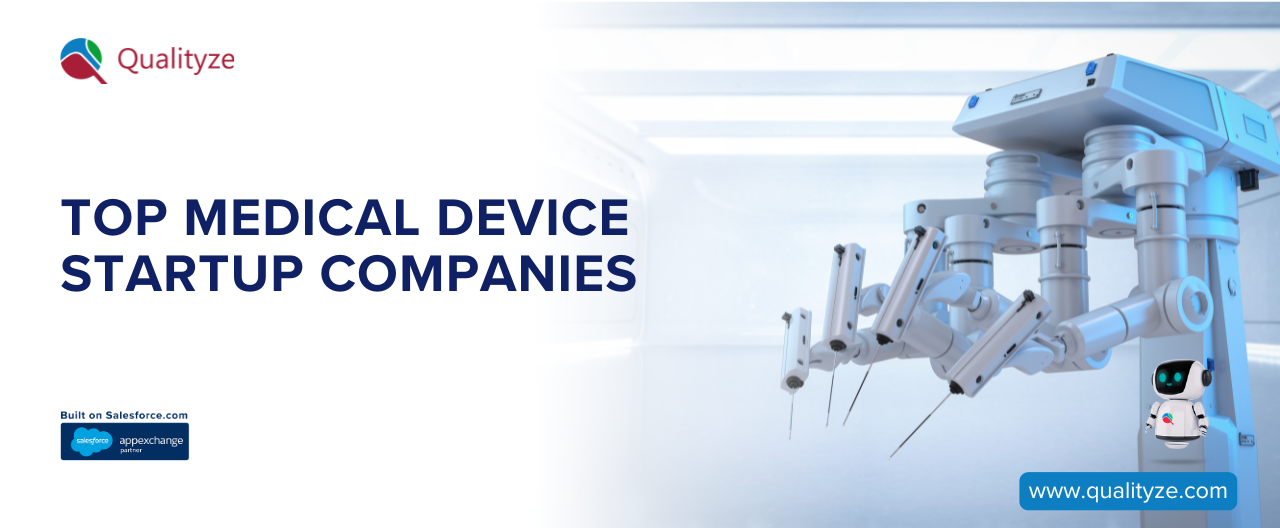
Medical Device Startup Companies to Watch in 2025
Over the last decade, medical device innovation has moved from incremental upgrades to breakthrough, patient‑centric inventions. Startups now sit at the forefront, turning bold concepts into devices that hospitals and home users quickly adopt.
...

FDA 21 CFR Part 11: A Complete Guide You Need
Remember that low‑simmer anxiety you feel when someone in Quality murmurs, “The FDA is in the lobby”? You’re not alone—and the numbers back it up. In fiscal 2023, investigators knocked on 18,539 doors, and nearly one‑third of those visits ended with ...

Good Distribution Practices (GDP) in Pharma Industry
Good Documentation Practices (GDP) are a cornerstone of quality management systems in regulated industries, particularly in pharmaceuticals, medical devices, and clinical research. The FDA defines GDP as the disciplined process of preparing, reviewin...

Types of Quality Control in Pharmaceutical Industry
Quality professionals know the feeling: one overlooked specification, and suddenly the FDA dashboard becomes the focal point of the night. It might be difficult to believe for those who haven’t really faced it. But it is good to be aware of things th...

Manufacturing Inspection & Quality Control
Every finished part that rolls off a line carries your company name—and the weight of global regulations behind it. Whether you build micro-valves for pacemakers or chassis parts for EVs, authorities such as ISO (ISO 9001:2015), the U.S. FDA (21 CFR ...

How eCRF in Clinical Trials Improves Compliance
eCRF in clinical trials has revolutionized how data is collected, validated, and submitted. This guide explains its features, benefits, and role in regulatory compliance. Learn the difference from paper CRFs, explore best practices, and see how Quali...

Cloud Document Management System with AI
In today’s fast-moving digital world, businesses are flooded with documents—policies, procedures, records, and more. Managing all of that manually or with outdated systems? That’s a recipe for chaos. The good news? There’s a better way: A cloud-base...

CAPA for Medical Devices: Ensure Compliance and Quality
Quality issues in medical devices are rarely isolated from events- rather they are often signals of deeper system vulnerabilities. That is the primary reason that CAPA for medical devices industry has transformed from a reactive process to a strategi...
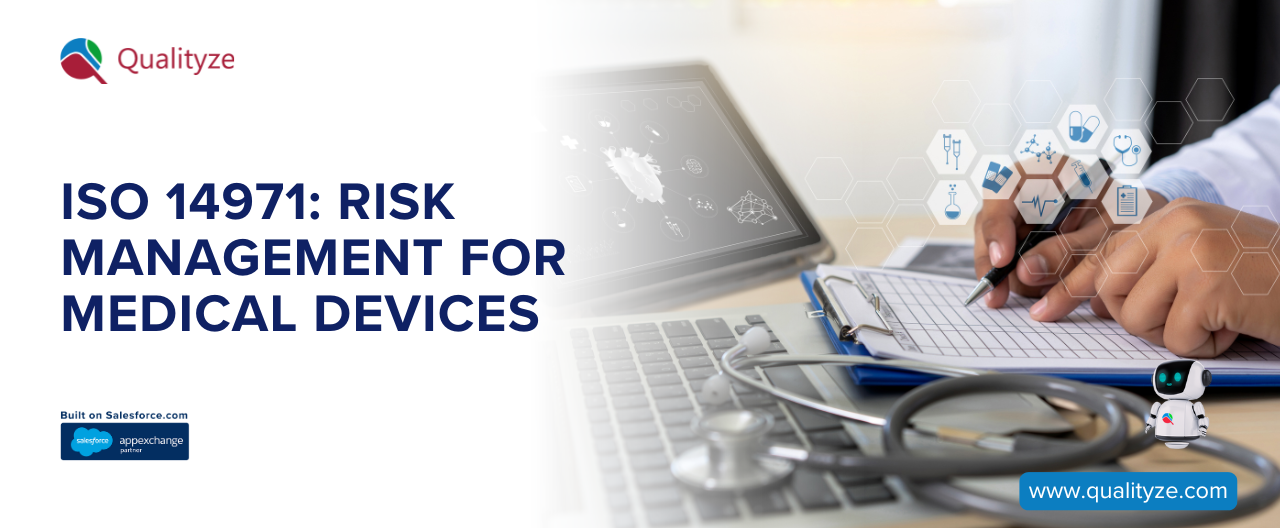
ISO 14971: Risk Management Guide for Medical Devices
Medical devices significantly impact patient care, directly influencing health outcomes and quality of life. However, these devices inherently carry risks, which can result in harm if not effectively managed. To address this critical issue, ISO 14971...
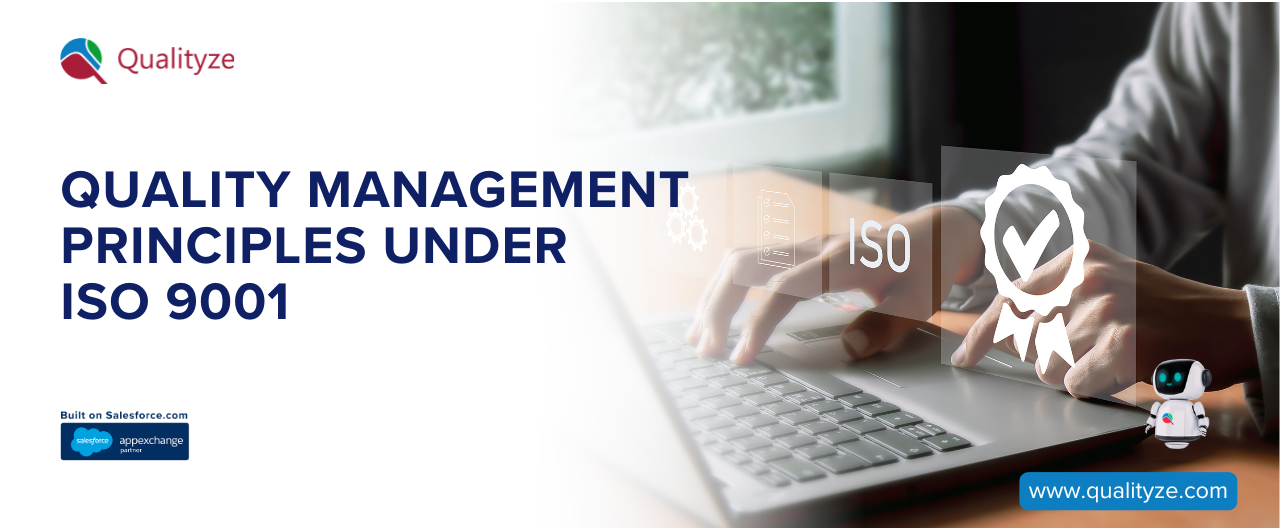
ISO 9001 Quality Management Principles You Must Know
Coffee machines that never leak, airplanes that land on time, and cloud apps that stay online – all three share a common backbone: a documented, continuously improving quality management system (QMS). ISO 9001 is the global rulebook for that backbone...

ISO 9001 Clause 8.5.2 Identification & Traceability
Organizations across quality-focused business environments face increasing pressure to deliver consistently reliable and safe products. Meeting customer expectations and regulatory requirements is no longer optional—it’s critical to maintaining reput...

Medical Device Quality Assurance for Regulatory Compliance
In March 2025 the FDA stamped Boston Scientific’s Accolade pacemaker recall as Class I—the most serious category—after linking battery failures to 832 injuries and two deaths. Only months earlier the agency renewed pressure on Philips to finish repai...

Types of Batch Records in Pharmaceutical Industry
Every batch of tablets, vials, or capsules you see on the market comes with a paper—or increasingly digital—trail that tells its entire production story. These “batch records” document every step, from weighing raw materials to final packaging, so re...
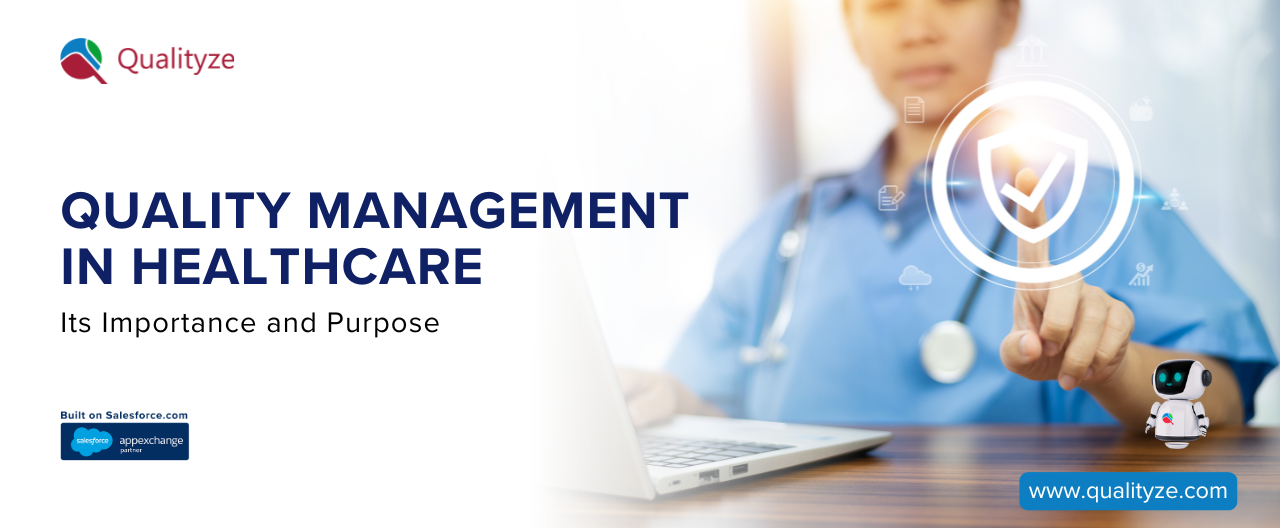
Quality Management in Healthcare: Importance & Purpose
Imagine walking into a hospital where everything runs seamlessly: minimal waiting times, clear communication, safe procedures, and a reassuring environment that puts your mind at ease. This isn't just luck—it's the result of effective quality managem...
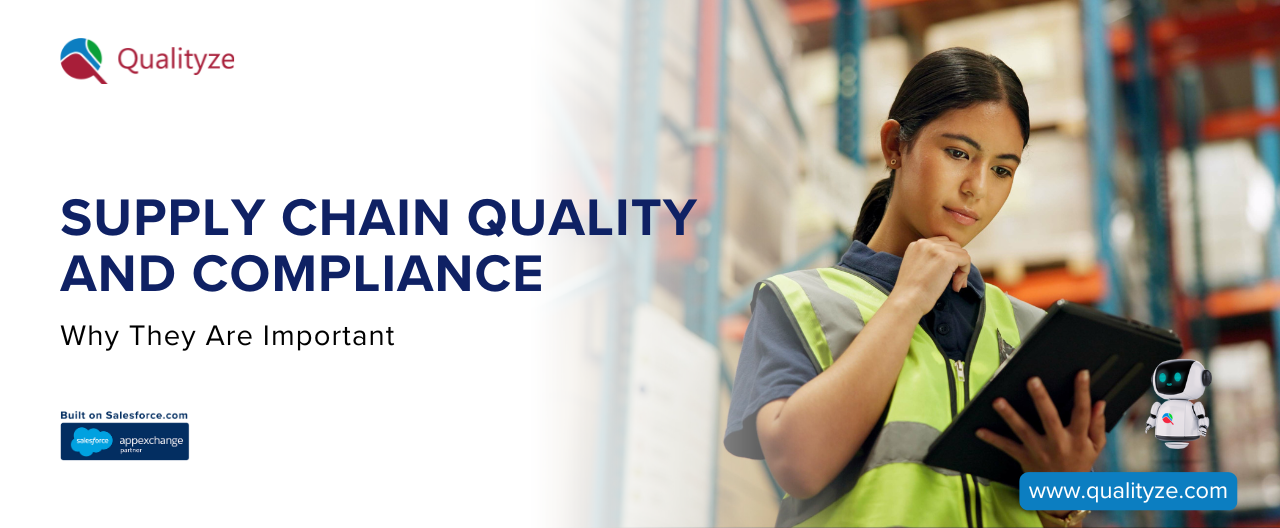
Supply Chain Quality and Compliance: Key Importance
Supply chains are the backbone of today’s global economy—but as they grow more complex, so do the risks and expectations that come with them. From pharmaceutical ingredients sourced overseas to electronic parts shipped across continents, organization...
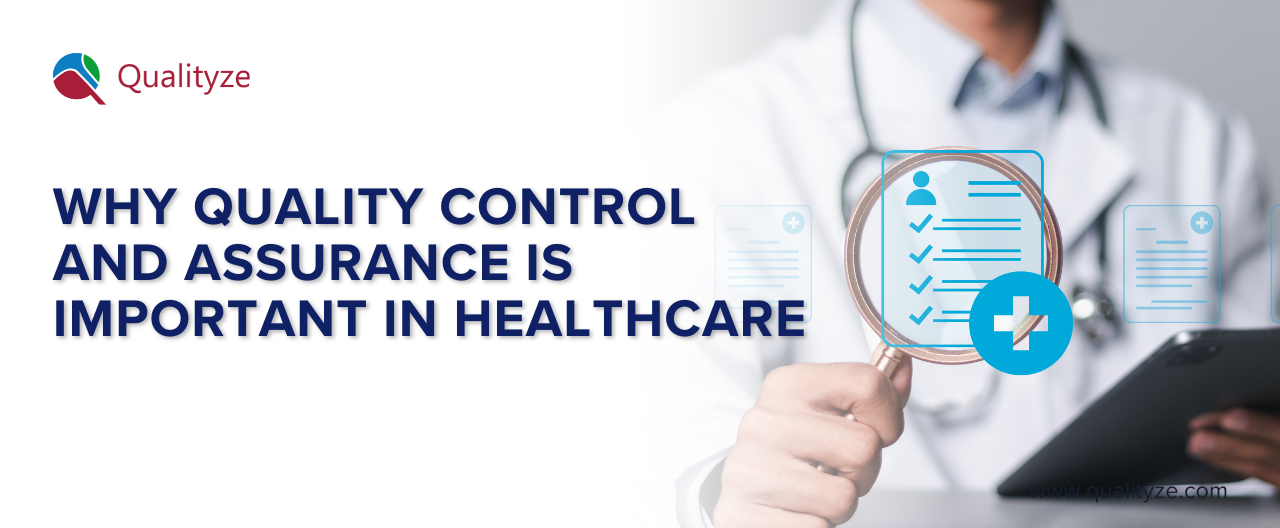
Quality Control and Quality Assurance in Healthcare
Every year, billions worldwide rely on healthcare systems for everything from routine check-ups to life-saving surgeries. Global healthcare spending reached an estimated $9.1 trillion in 2022, highlighting the immense scale of this critical sector. Y...

ISO 15189 for Medical Laboratory: Purpose and Benefits
When you visit a doctor and get lab tests, the accuracy of those results isn’t just important—it’s crucial. Imagine a medical laboratory operating without clear quality standards; results could be inconsistent or incorrect, leading to improper treatm...
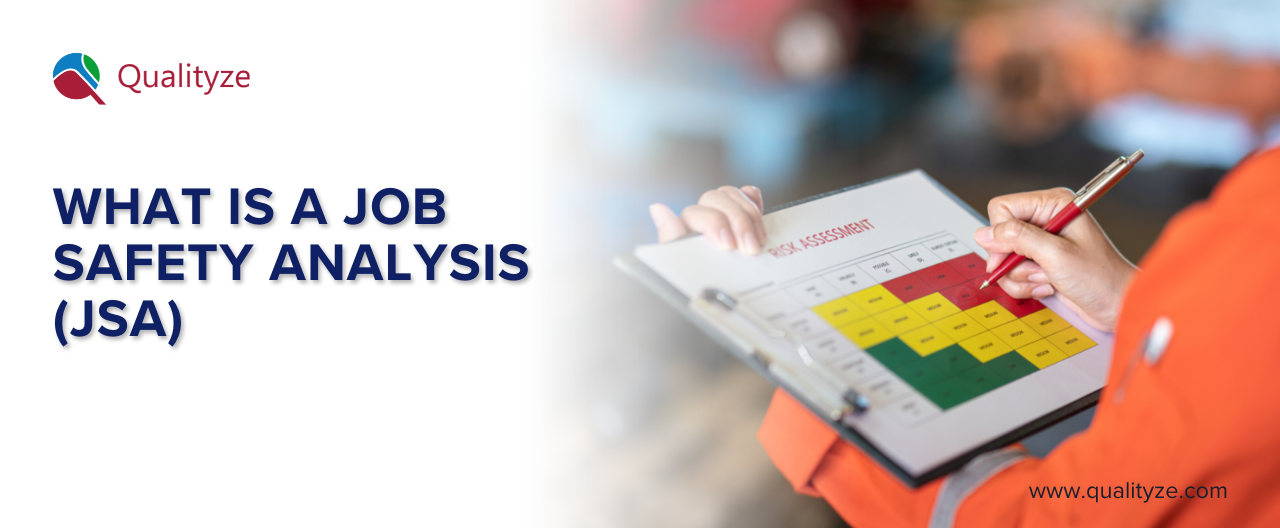
Job Safety Analysis for Better Hazard Identification
Organizations with a mature safety culture understand that Job Safety Analysis (JSA) is not just a documentation activity, but rather a powerful tool to embed hazard awareness into every job function. JSAs deconstruct tasks, identify latent risks, an...

Intended Use and Indications of Use: Key Differences
One poorly chosen verb in a product label can land you into an FDA “refuse-to-accept” letter, a re-run of clinical studies, and months of lost revenue. Clear Intended Use (IU) and Indications for Use (IFU) statements are the guard-rails that prevent ...

ICH E6 R3 Good Clinical Practice (GCP): Key Updates
ICH E6 R3 demands that critical-to-quality risks, digital data flows, and consent clarity are baked in — not patched later. Sponsors ready to pivot now will slash deviations, monitoring costs, and submission cycles. Those who wait will write amendmen...

Design Verification and Validation: Process and Compliance
For medical device, pharma, or biotech companies, product design is not an engineering exercise, but a compliance journey. Design verification and validation (V&V) are the important milestones in the journey, basing your development strategy in both ...

Supplier Corrective Action Request: What You Need to Know
Have you ever received a faulty component from a supplier and wondered how to fix and prevent it from happening again? Is your supply chain dependable? Do you have full control over the quality of components and services you receive from external ven...

Quality Metrics in a Pharmaceutical QMS
Under comprehensive GMP regulations, only a well-built QMS can assure consistent drug safety and quality. Think of your QMS as a structured network of policies, processes, and procedures designed to consistently ensure that medications are safe, effe...

510k vs PMA Medical Device Approvals
Have you ever used a medical device? If you are an adult, chances are high that you must have used one, whether invasive or non-invasive. Medical devices are a part of our modern life. But how many of us pause to think about the process behind bringi...

Non-Conformances in Quality Management: Key Insights
How much does preventing quality failures truly matter? It matters immensely. Preventing non-conformances in quality management is indispensable to any organization’s operational excellence and sustained success. These deviations from specified requi...





























